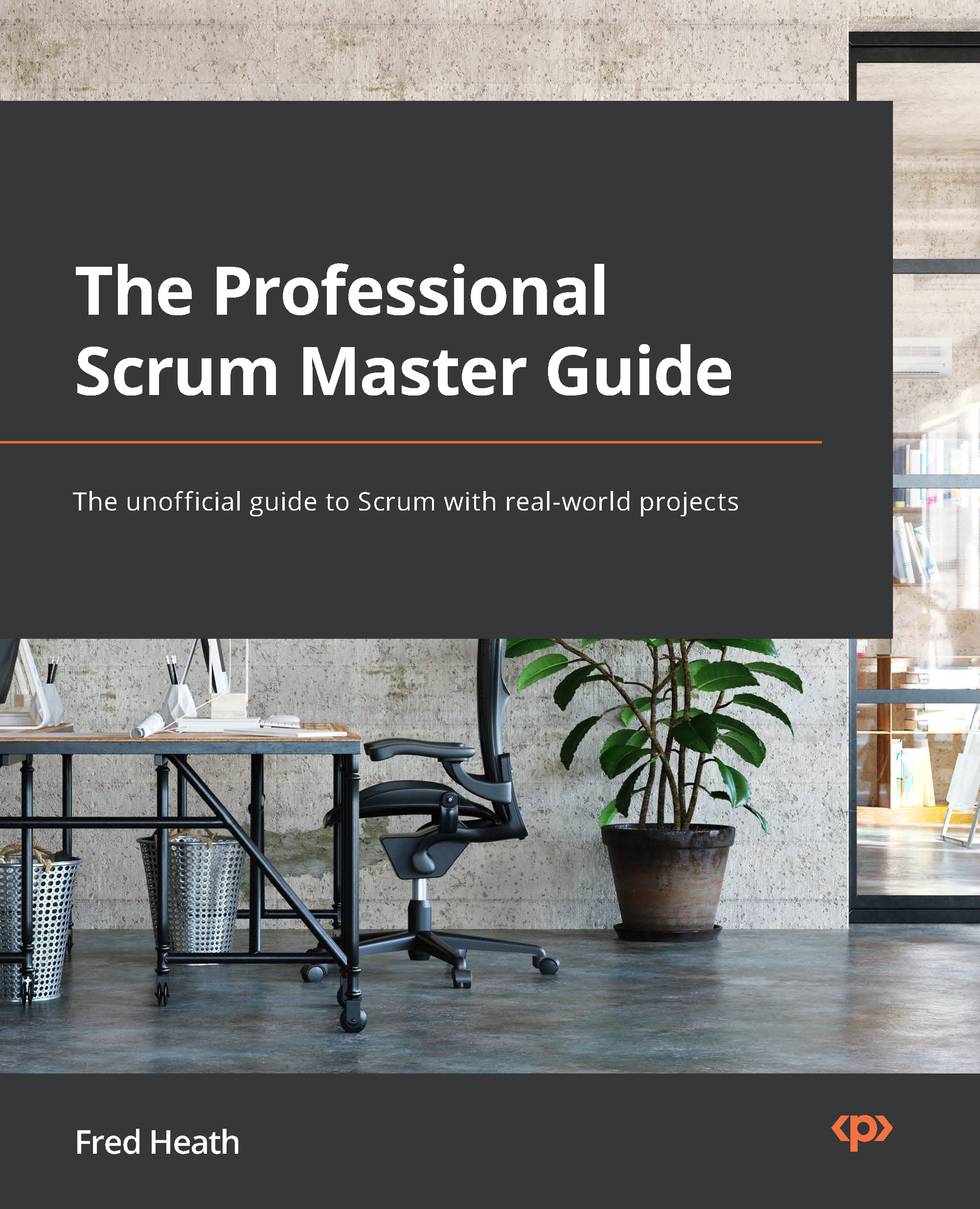Questions
- What does the practice of Continuous Integration involve? (Choose one answer.)
a) Continuously merging code back into the main branch
b) Continuously integrating external code into your local branch
c) Continuously running tests on your code
d) Continuously deploying code to users
- Why are CI/CD pipelines important? (Choose three answers.)
a) They implement a constant feedback loop by automatically exposing Product Increments to stakeholders.
b) They leave developers free to concentrate on writing software instead of managing infrastructure.
c) They eliminate all defects.
d) They provide more frequent and earlier opportunities for defects to be exposed.
- What determines when software should be deployed to a production environment, that is, released to users? (Choose all that apply.)
a) The product owner's approval
b) The result of automated tests
c) Developers' approval
d) The Definition of Done
- What is technical debt? (Choose one answer.)
a) The debt created...












































































